With these projects, the government will directly carry out compensation, relocation, support and resettlement. At the same time, it will build technical infrastructure for branch canals, small canals and canals that cannot be opened or renovated or have no commercial value, and are not attractive to investors.
The project group of housing construction combined with commerce and urban beautification includes 3 canals and ditches all located in District 8 with a total relocation scale of 1,800 houses, compensation cost of about 2,700 billion VND. The relocation and resettlement of households on these 3 canals and ditches will be carried out with capital from enterprises. All 3 projects have been approved by the City People's Council for land acquisition.
The project group implemented in the form of public-private partnership includes 6 projects, including large projects such as Nam Kenh Doi, Rach Van Thanh, Rach Cau Dua, Rach Ban Don, located in districts 4, 7, 8 and Binh Thanh with a scale of relocating 6,223 houses; the estimated compensation cost is 19,024 billion VND. Mr. Le Tran Kien said that this is determined to be the main method to call for socialized capital. In which, the main method is to expand the boundary of the renovation, expand the scope of land recovery in the surrounding area to create land funds for investors to implement the commercial project to offset the costs incurred.
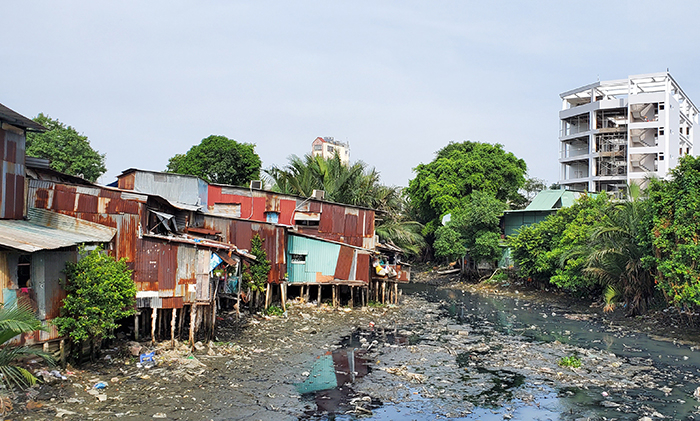
In recent years, many investors have registered to participate in the project. Hanoi Ngan Nam Company proposed the project to renovate Xuyen Tam canal in Binh Thanh district; Vingroup Corporation, Saigon Infrastructure and Housing Investment Joint Stock Company have studied the project to renovate the southern bank of Doi canal - Te canal. Even Tuan Chau Group - Au Lac Quang Ninh Company Limited once boldly proposed to invest in the Saigon River Boulevard project under the BT form with a total cost of up to 63,500 billion VND, the land area for project implementation is 12,398 hectares, including the land area for project implementation and payment to the investor, accounting for 5% of the natural area of Ho Chi Minh City before the merger. In particular, the plan to relocate households living on and along the southern bank of the Doi Canal submitted by Saigon Infrastructure and Housing Investment Joint Stock Company to the city set the goal of clearing all 4,392 houses on the southern bank of the canal with 26,352 people living there.
After relocation, the recovered land area is over 200,000m2 of land and the total investment capital under this plan is over 9,230 billion VND. However, if the city determines that the canal protection corridor is 30m wide, the recovered area will be reduced to over 120,000m2, the investment capital for the project will be reduced to over 7,360 billion VND. To recover capital, the investor proposes a solution to use the recovered land fund. In case the land fund value is lower than the investment value, the city will designate some other land areas to pay the investor or compensate from the budget capital.
Participating in the program of relocating and reorganizing the lives of people on and along the city's canals and ditches, investors have also anticipated difficulties in resettlement arrangements. A representative of Saigon Infrastructure and Housing Investment Joint Stock Company said that, in addition to the lack of breakthrough solutions and mechanisms, the most difficult problem in implementing compensation, clearance, and relocation of houses on and along the canals and ditches is resettlement arrangements. This is not only a matter of solving housing for affected people but also solving many problems related to livelihoods, education, social services, and spiritual culture of the people. Therefore, when proposing to the city, this enterprise needed more than 3 years to relocate 4,392 houses on and along the southern bank of the Doi Canal.
In fact, in order to carry out urban beautification, improve the living environment for residents and increase the drainage capacity of Xuyen Tam canal, in 2002, the Ho Chi Minh City People's Committee approved the project to renovate this canal. However, after more than 20 years, the project is still sluggish. The reason this project has been "suspended" for so long is due to the large funding source and changes in investment policy. In 2016, a business also proposed to implement the project in the form of public-private partnership, using land along both sides of the canal to pay investors after compensation and clearance.
By October 2017, the city decided to stop BT projects to wait for new regulations, so the project continued to be "suspended". After that, the Xuyen Tam Canal Renovation Project was proposed by Hanoi Thousand Years Joint Stock Company to Ho Chi Minh City for permission to implement with an initial investment capital of about 5,000 billion VND. However, in the end, this investor was still unable to become the project investor and the city decided to invest the project with budget capital. The above situation shows that attracting investment capital from the private sector for canal and ditch renovation projects is not easy.
In addition to the challenges of finance and resources to implement the project of relocating nearly 40,000 houses on and along rivers, canals and ditches in the coming years, Deputy Director of the Department of Construction Tran Hoang Quan also pointed out many difficulties in compensation and clearance. In which, the majority of households living on and along rivers, canals and ditches are not eligible for compensation and can only be supported with houses and land, leading to low compensation and support values, not enough to buy apartments and resettlement land. Therefore, mobilizing people to agree and hand over the land to serve the project is very difficult.
On the other hand, many people living along rivers, canals and streams have been attached to their living areas for a long time, so some people do not want to move or change their lives even though they are facing serious pollution, flooding or risks of natural disasters and landslides. In addition, most of the residents living along rivers, canals and streams have low incomes, are self-employed or have unstable jobs, moving out of their current areas also makes them worry about their livelihoods, education, health care, etc.
To realize the above project, the Department of Construction has proposed many implementation solutions, but still needs specific and breakthrough solutions in compensation, land recovery and mobilizing social resources to invest in projects to improve and beautify the environment along rivers, canals and ditches.
Mr. Le Hoang Chau, Chairman of Ho Chi Minh City Real Estate Association:
Over the past decades, Ho Chi Minh City has made a miracle by investing in renovating a series of canals and ditches to bring a new face to many slum residential areas on and along the canals and ditches. However, up to now, there are still tens of thousands of slum houses on and along the heavily polluted canals and ditches. In recent years, the city has also shown its receptiveness when deciding to correct the mistake of using box culverts to fill up the Hang Bang canal. Now it is necessary to continue to restore the flow of the upper section of the Nhieu Loc - Thi Nghe canal that has been turned into box culverts, or the canals that have been encroached upon such as the A41 canal, the Hy Vong canal, and the Nhat Ban canal to contribute to the drainage of water for the Tan Son Nhat airport area.
Source: https://cand.com.vn/Xa-hoi/bai-cuoi-can-co-che-dot-pha-trong-boi-thuong-giai-toa-i774796/






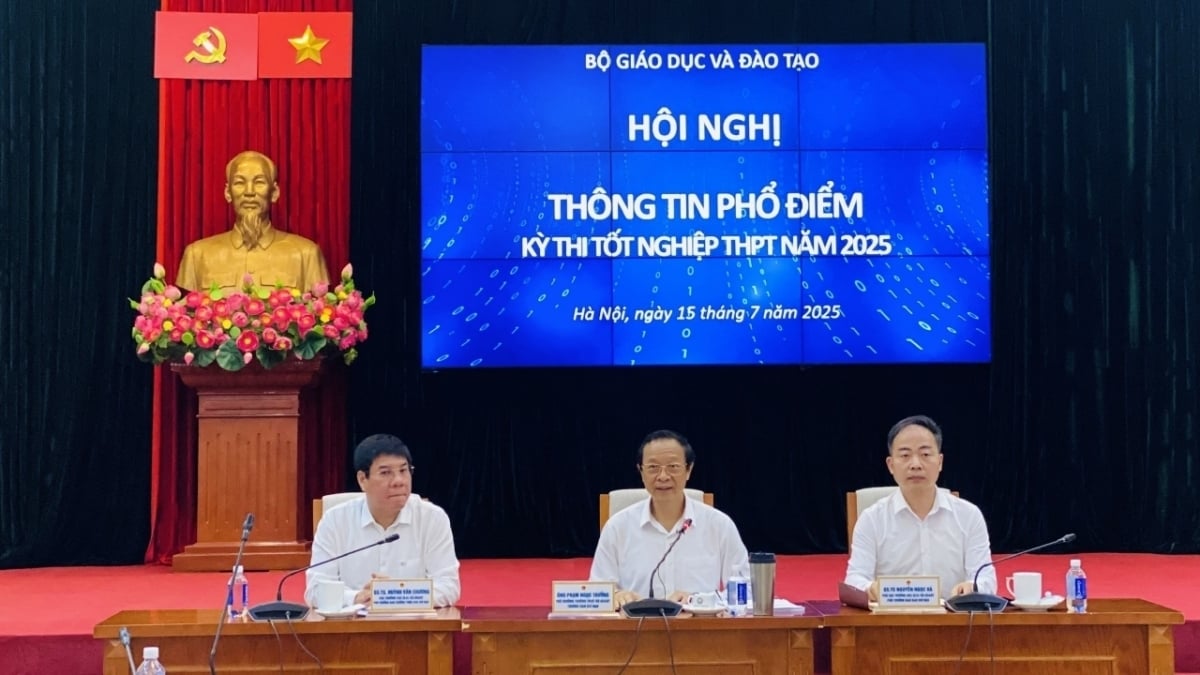

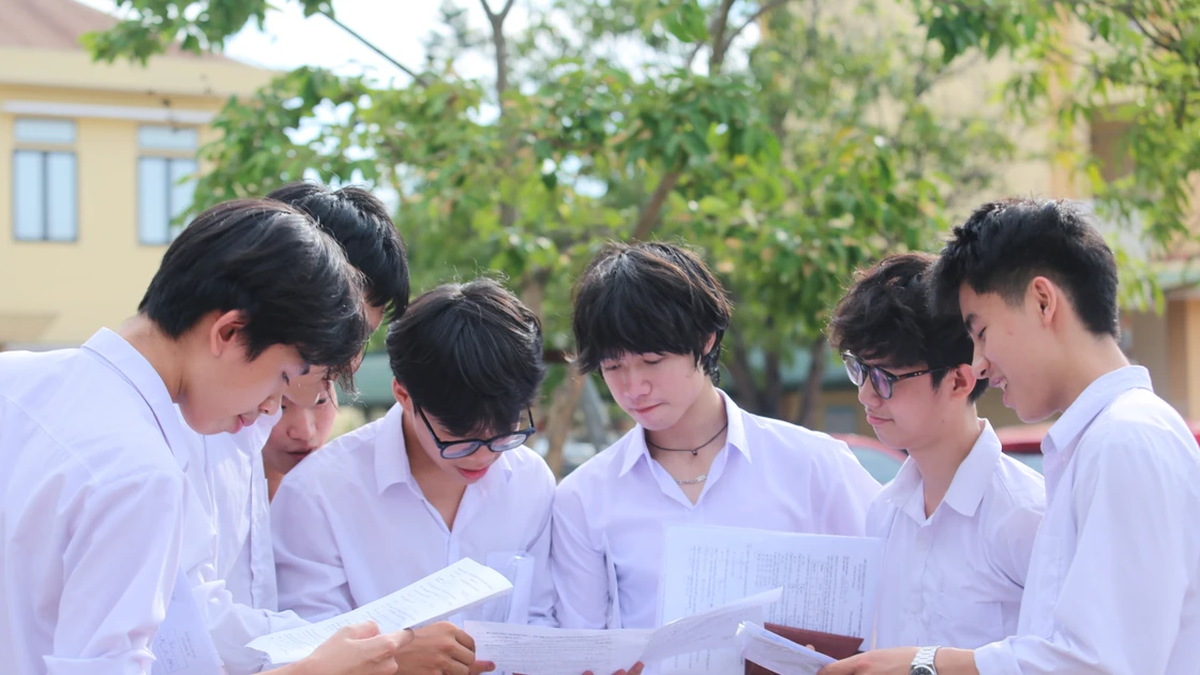


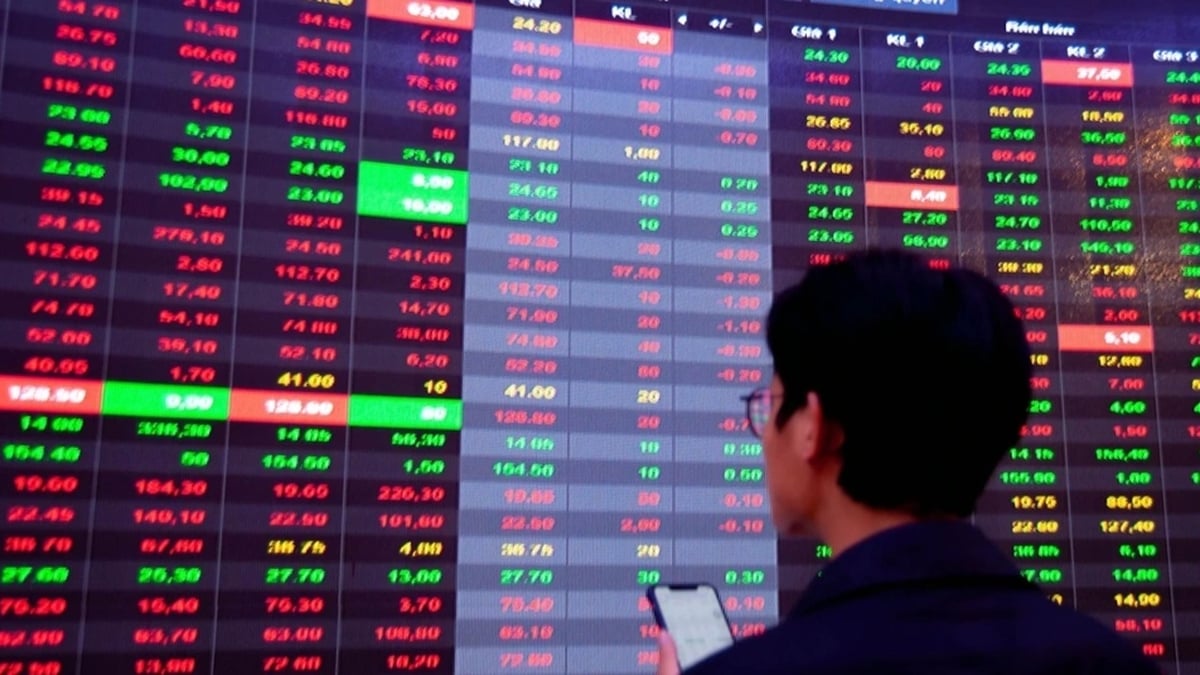











































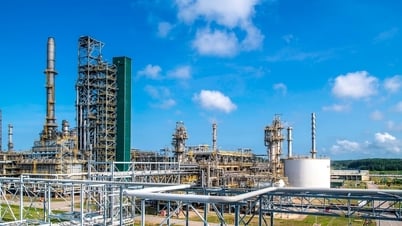



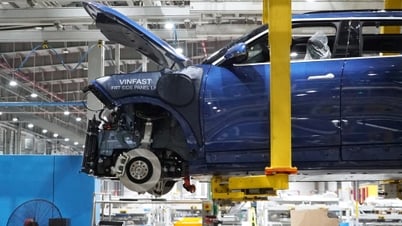





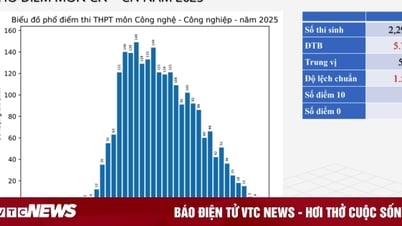






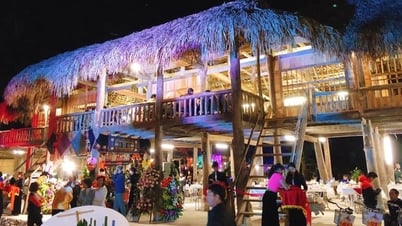

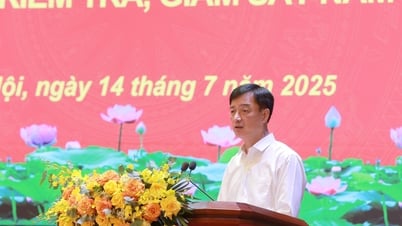

























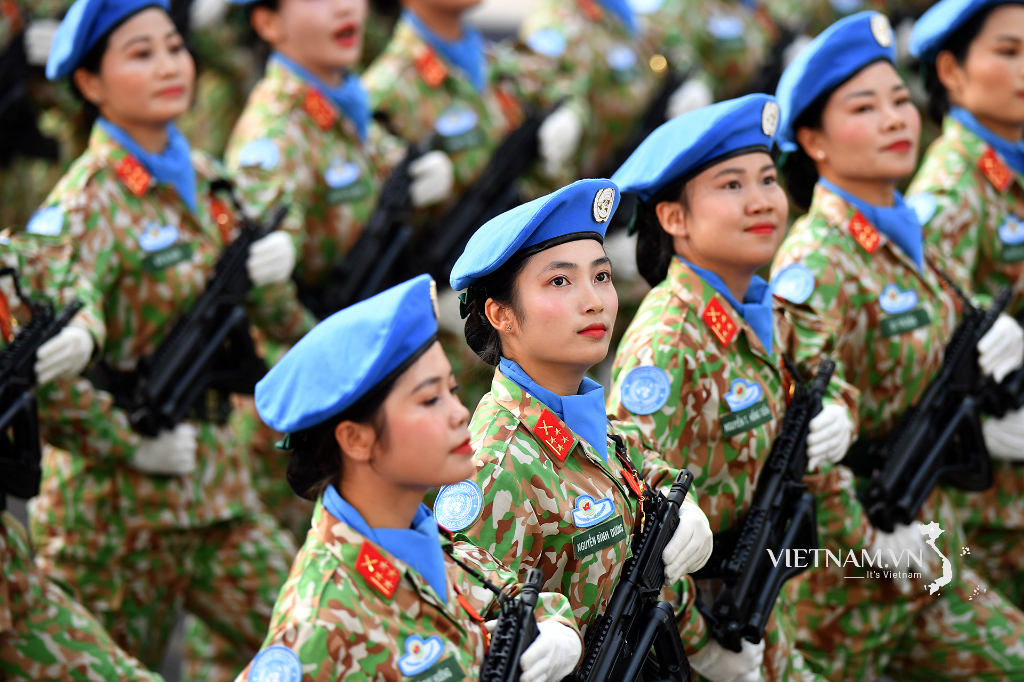

Comment (0)